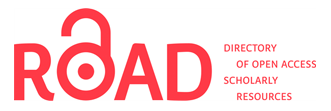Evaluation of Water Quality Index (WQI) in the Estuary of Sungai Ayam, Batu Pahat, Johor.
Keywords:
Water Quality Index, Estuary, Human ActivitiesAbstract
Water quality analysis is an essential part of environmental monitoring. When water quality was poor, it had a detrimental effect on aquatic life and the surrounding ecology. These measurements could also help restoration efforts or ensure that environmental standards were followed. The Water Quality Index (WQI) was used to determine the classification and status of a river, dependent on the value of each parameter’s sub-index. The study was conducted to determine the water quality index defined by INWQS and analyse the impacts of human activities that resulted in water quality deterioration in the Estuary of Sg. Ayam, Batu Pahat, Johor. The process of this study will involve six parameters of water quality which are dissolved oxygen (DO), biochemical oxygen demand (BOD), chemical oxygen demand (COD), Suspended solids (SS), ammoniacal nitrogen (NH3-N), and pH. The result from the analysis of this study shows that human activities from the wet market, fishing and boating activities located near the estuaries had a significantly give impact on the water quality of the estuary. The result obtained shows that the water quality of the estuary has poor quality as the Water Quality Index (WQI) in all observations was Class IV at Points A (45.1), B (46.5), and C (50.5). As a result, a rise in the river's water quality index should be achieved through enhancing local community understanding of river pollution, its origins, and how to prevent it. Local authorities must also take action to minimize pollution in the river. To reduce river pollution, it is encouraged that local communities work with local authorities to maintain the water quality of the river.







